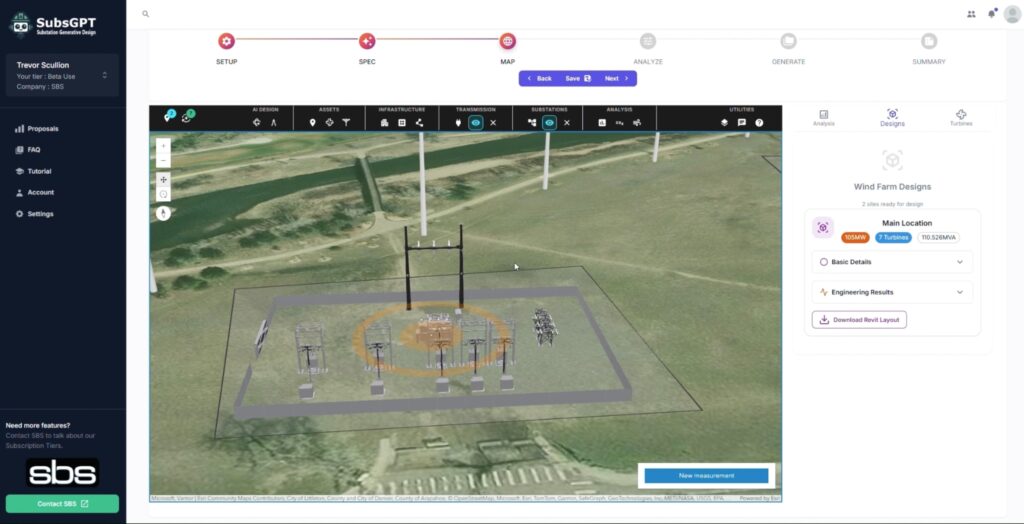Blog

From Concept to BIM: How SBS AI and SubsGPT Transform Substation Design
A Smarter Beginning: Proposal Setup on SBS AI Early-stage substation planning often requires significant engineering effort before a team can even compare options. SubsGPT, built […]
Read More >

SBS products updated with new features, workflows
Today SBS released the 9.0 versions of our products, including: This release introduces several new workflows, adds ease of use features, and general improvements from […]

The Future of Telecom Design Is CAD-based, Automated, and Geo-Enabled.
Imagine a future where high-speed internet is within everyone's reach. By 2026, the Fiber-to-the-Home/Building market is expected to hit $29.7 billion...